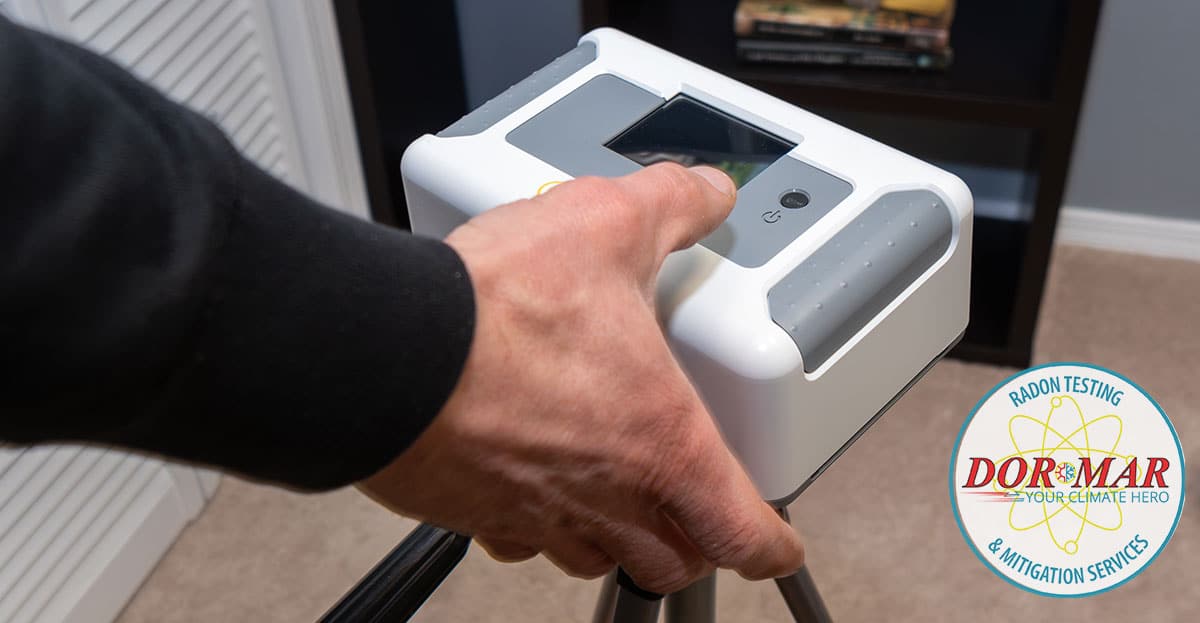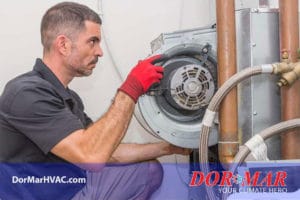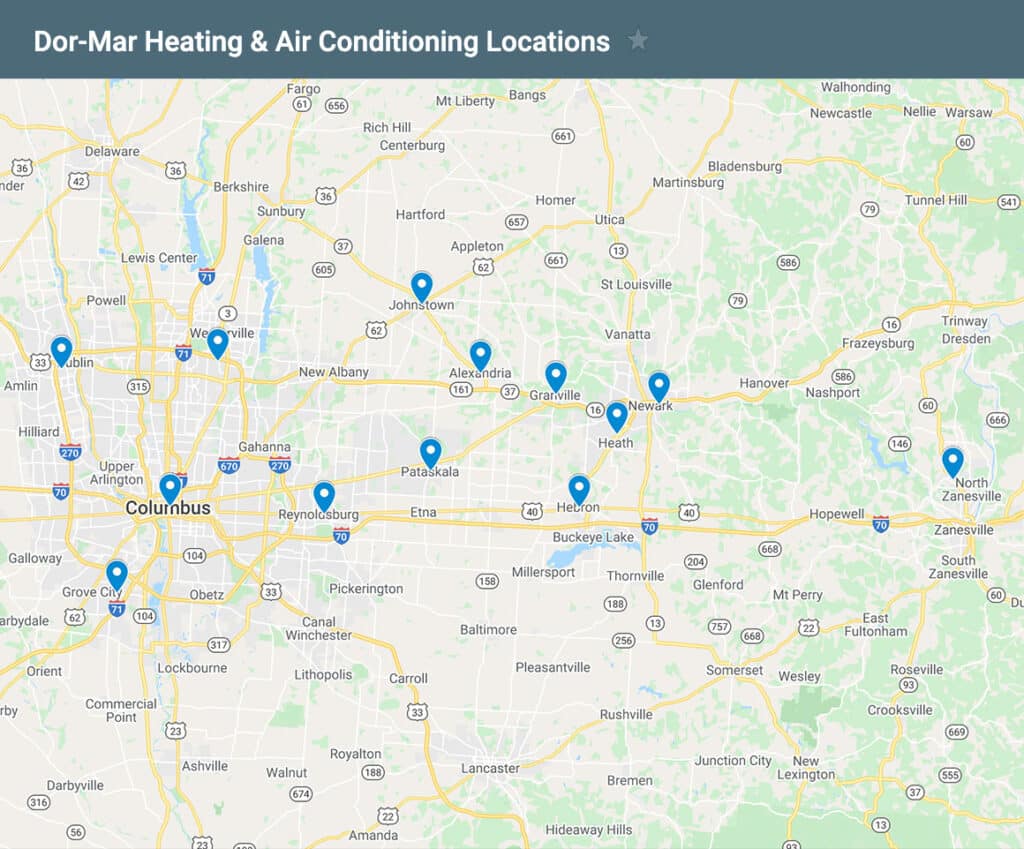Radon is an invisible, odorless gas that can seep into homes and pose serious health risks. If you’ve discovered high radon levels in your home, you’re probably wondering: How long does radon remediation take? The good news is that the process is typically quick and effective. In this guide, we’ll break down the radon remediation process, its timeline, and what you can expect along the way.
What is Radon and Why is it Dangerous?
Radon is a radioactive gas that naturally occurs in soil and rock. It can enter homes through cracks in the foundation, walls, and even through well water. Long-term exposure to high levels of radon is the second leading cause of lung cancer in the U.S., making it a serious concern for homeowners.
How Does Radon Enter Your Home?
Radon seeps into homes through small openings in basements, crawl spaces, and concrete slabs. Since radon is heavier than air, it tends to accumulate in lower levels of homes. Poor ventilation can lead to higher concentrations, which increases health risks.
What is Radon Remediation or Mitigation?
Radon remediation, also known as radon mitigation, is the process of reducing radon levels in a home. This is typically done using a system that redirects radon gas from beneath your home and vents it safely outside.
How Long Does Radon Remediation Take?
The actual installation of a radon mitigation system usually takes 3 to 8 hours, depending on the complexity of the job. In most cases, homeowners can have their radon mitigation system installed in a single day..
Factors That Affect the Remediation Time
Several factors can influence how long the process takes:
- Size of the home – Larger homes may require multiple suction points, increasing the time needed.
- Foundation type – Basements, crawl spaces, and slab-on-grade homes require different remediation techniques.
- Extent of radon levels – Extremely high radon levels may require additional sealing and modifications.
- Weather conditions – Heavy rain or snow can delay exterior installation components.
Step-by-Step Radon Remediation Process
- Initial Assessment – A radon professional tests your home and determines the best mitigation strategy.
- Drilling the Suction Point – A hole is drilled into the foundation to create a suction point for radon gas.
- Installing the Vent Pipe System – A PVC pipe is installed to channel radon gas out of the home.
- Adding a Radon Fan – A fan is attached to create negative pressure, drawing radon out.
- Sealing Entry Points – Cracks and gaps in the foundation are sealed to prevent radon intrusion.
- Post-Installation Testing – A follow-up test is done within 24-48 hours to ensure the system is working.
How Soon Can You Retest for Radon?
You should retest for radon levels 24-48 hours after installation to ensure the system is effectively lowering radon levels. A long-term test (90 days or more) is also recommended for confirmation.
Signs That Radon Remediation is Working
- Lower radon levels on post-mitigation test
- Continuous monitor readings showing safe levels
- Proper airflow in the mitigation system
- No moisture or condensation issues near the system
How Much Does Radon Remediation Cost?
Radon remediation costs typically range between $1,000 and $7,500, depending on your home’s size and foundation type. Ongoing maintenance costs are minimal, mostly requiring fan replacement every 5-10 years.
Can You Stay at Home During Remediation?
Yes! The process is non-invasive, and you can remain in your home while the system is installed. The drilling and fan installation may cause some noise, but there is no need to vacate your home.
How to Maintain a Radon-Free Home
- Test radon levels at least once per year.
- Check the mitigation system’s fan to ensure it’s functioning.
- Seal any new foundation cracks that appear.
- Maintain proper home ventilation.
DIY vs. Professional Radon Mitigation
While DIY radon mitigation kits are available, they are often ineffective. Professional mitigation ensures proper installation and testing, giving you peace of mind and a long-term solution.
Common Myths About Radon Remediation
- Myth: Only homes with basements have radon issues.
- Myth: New homes don’t need radon testing.
- Myth: If my neighbor’s home is radon-free, mine is too.
- Myth: Radon remediation is too expensive and complicated.
Final Thoughts on Radon Remediation
Radon remediation is a quick and effective way to ensure your home remains a safe and healthy environment. The installation process typically takes just a few hours, and the benefits last for years. If you’ve detected high radon levels, don’t wait—take action today!
Frequently Asked Questions
Q: How long does it take to notice lower radon levels?
A: Radon levels usually drop within 24-48 hours after the mitigation system is installed.
Q: Do radon mitigation systems need maintenance?
A: Yes, but minimal. The fan should be checked annually and replaced every 5-10 years.
Q: Can I install a radon mitigation system myself?
A: DIY kits exist, but professional installation is recommended for effective and lasting results.
Q: What happens if radon levels don’t drop after remediation?
A: A follow-up assessment is needed to check for system leaks, improper sealing, or the need for additional suction points.
Q: Does radon remediation affect home value?
A: Yes! A home with a mitigation system is often seen as safer and more attractive to buyers.















